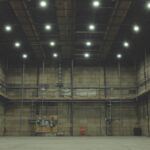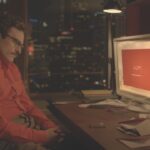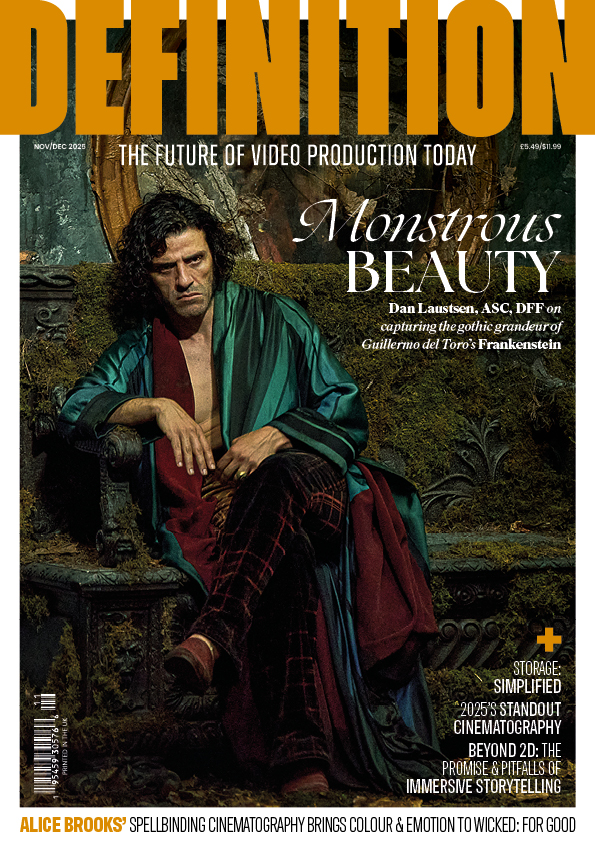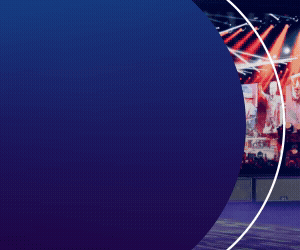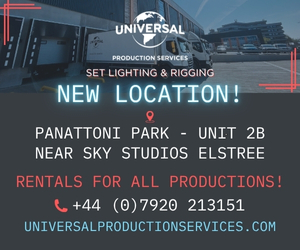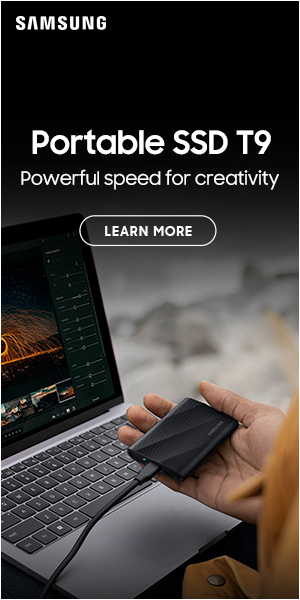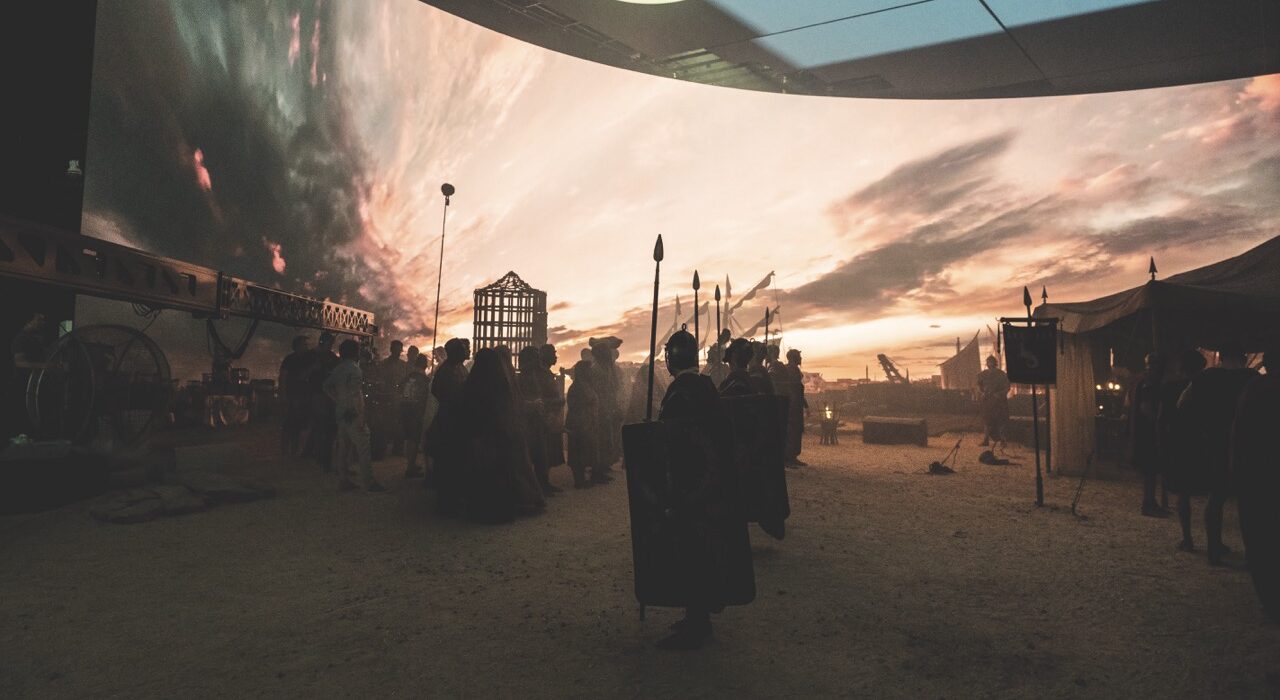
Case study: Those About to Die
Posted on Apr 12, 2025 by Admin
Roman’s revenge
Ancient Roman epic Those About to Die brought the Colosseum and chariot racing to an LED stage. We hear from Dimension about how it was done
Words Katie Kasperson | Images Peacock/Amazon Prime Video
Rome wasn’t built in a day – but on Those About to Die, it didn’t take too much longer than that. With VP handled by Dimension Studio and DNEG 360, Roland Emmerich and Marco Kreuzpaintner’s TV epic travelled back to ancient times without leaving the comfort of an LED volume.
Starring Sir Anthony Hopkins, Those About to Die is an adapted historical drama set amid the construction of the Colosseum. Of course, the real Colosseum, as it stands today, is dilapidated yet finished, making on-location filming almost impossible. To jump this hurdle, Dimension’s VP supervisor James Franklin oversaw the production of various virtual backgrounds, which ultimately served the series in more ways than one.

Magic hours
Partially filmed on an LED volume at Rome’s Cinecittà Studios, Those About to Die had the benefit of being filmed at magic hour – all day. “Emmerich knew he wanted to shoot a lot of this at magic hour or with interesting lighting that would flatter his actors,” begins Steve Jelley, co-founder and managing director at Dimension. “He knew he couldn’t achieve that practically – it’s very difficult to achieve with blue screen and VFX,” Jelley explains. “He was drawn to the lighting that VP gave him.”
One scene features a four-minute shot, set at magic hour and captured in one take via a camera on a crane. “Imagine trying to do that in real life,” urges Franklin. “Something will always go wrong.” VP eliminates uncontrollable variables, creating a much smoother and more streamlined experience.
On virtual shoots, “most of the lighting was coming from our LED wall,” Franklin continues, which then illuminated any physical sets in the foreground. “These interiors – mostly hard, marble surfaces – are reflective. If you are getting some bounce light from the wall, you get this beautiful, natural-looking lighting.” While there were a few practical lights, the VP team ensured these colour-matched the virtual backdrop.
“A lot of work in colour science has been open source,” states Jelley. “It’s built on the shoulders of giants, but we have an amazing colour pipeline that allows us to create a neutral LUT between the camera, screen, render heads and the rest of the tool chain. We can ensure colour accuracy as a baseline,” he clarifies, “and we have the show LUT coming from the camera, which then gets applied.” The result is a series in which the VP is ‘invisible’ and the story feels all the more real for it.
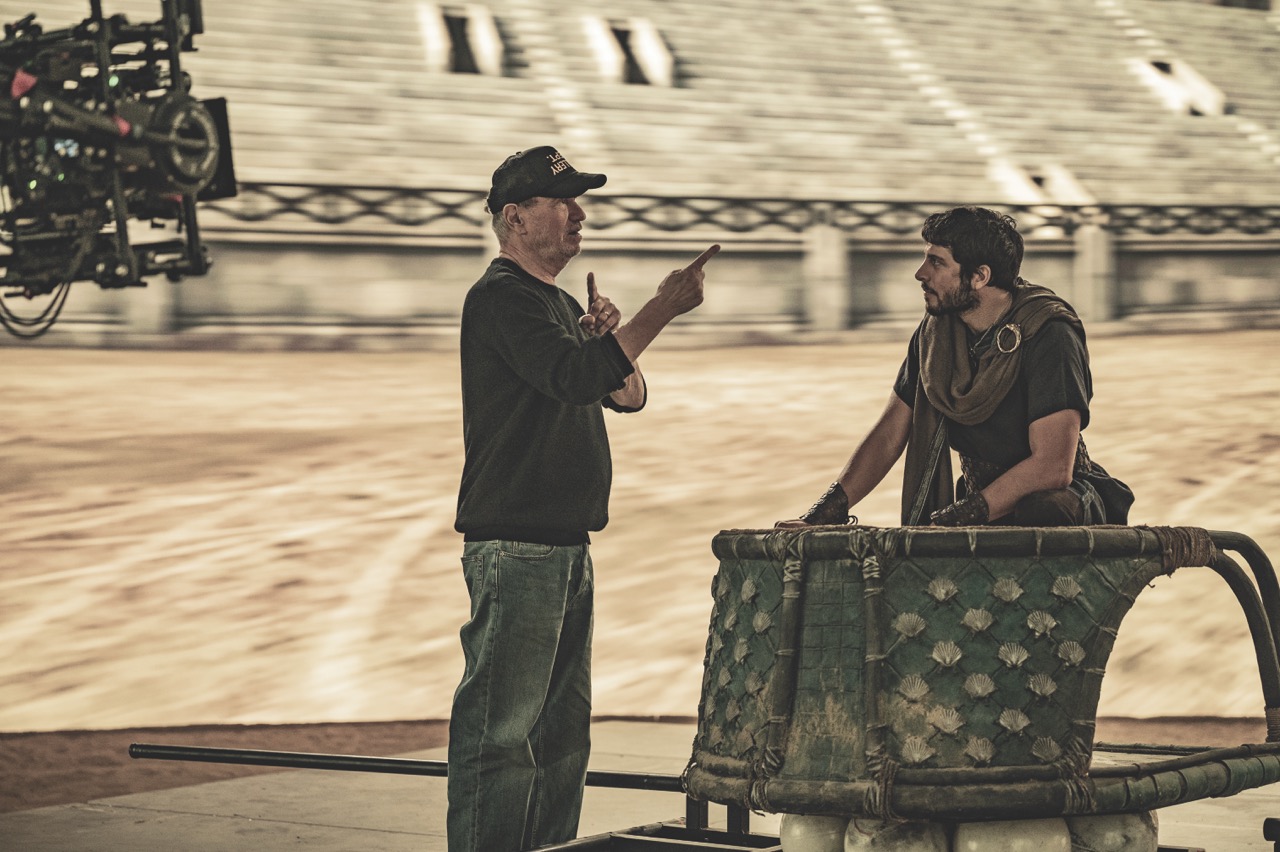
Animal kingdom
By and large, using VP on Those About to Die “allowed us to go back in time,” says Jelley. “I mean, this is Hollywood, so we did do a few things that weren’t completely time-accurate,” he laughs, “but most of it’s pretty faithful.” The crew combined photographic skies with pre-recorded videos and virtual locations created in Unreal Engine. “The great thing is you can put it all together, then light it as one integrated scene. There’s a lot of interplay between the real and the digital – the ‘Unreal’, if you like.”
Much of the plot centres around chariot racing in Rome’s Circus Maximus, so having live horses was a must. These horses got to experience the LED volume alongside the actors – a novel challenge that was handled with care. “We spent a long time acclimatising them to being on-set,” Franklin says. “We’d bring them onto the set with the wall turned off and then slowly bring up the image on the wall. They think it’s real, just as we do. But if anything moves too quickly, or they are spooked in any way, suddenly you’ve got horses running through your LED walls,” he warns, explaining that if a particular horse ever became uncomfortable, it was replaced with a stand-in.
The stage also held elephants, giraffes and other animals, but some still needed to be added digitally, either in camera or in post. “The white lion – that’s a VFX shot,” Jelley states. “Those were largely shot practically against the backdrop, then the white lion was added to them. That’s a classic VFX treatment.”
Come together
Dimension’s LED wall – formed of ROE Visual Black Pearl BP2V2 panels – is 8m high and 24m in diameter, giving the camera crew a wide frame of view to work within. “Everybody likes working on a volume because it’s just there – it’s more immersive,” Jelley claims. “You get more into the shots and it’s cheaper, faster, better. There are always parts of the script where we’ll go, ‘No, we don’t advise that to be shot in a volume,’” he admits, “but when you do decide to, there are very few limitations these days.”
“The technology has come a long way in a few years,” suggests Franklin. “What was great on Those About to Die was having everybody on board. If you have that top-down approach, it’s a very efficient way to work,” he claims, before adding, “but communication is vital.” Unlike the silos created by markedly distinct prep, production and post pipelines, VP adds a real-time element, which encourages each department to watch their work – in this case, ancient Rome – come to life in camera.
Those About to Die is available for streaming on Peacock in the US and Amazon Prime Video internationally
This article appears in the March 2025 issue of Definition


